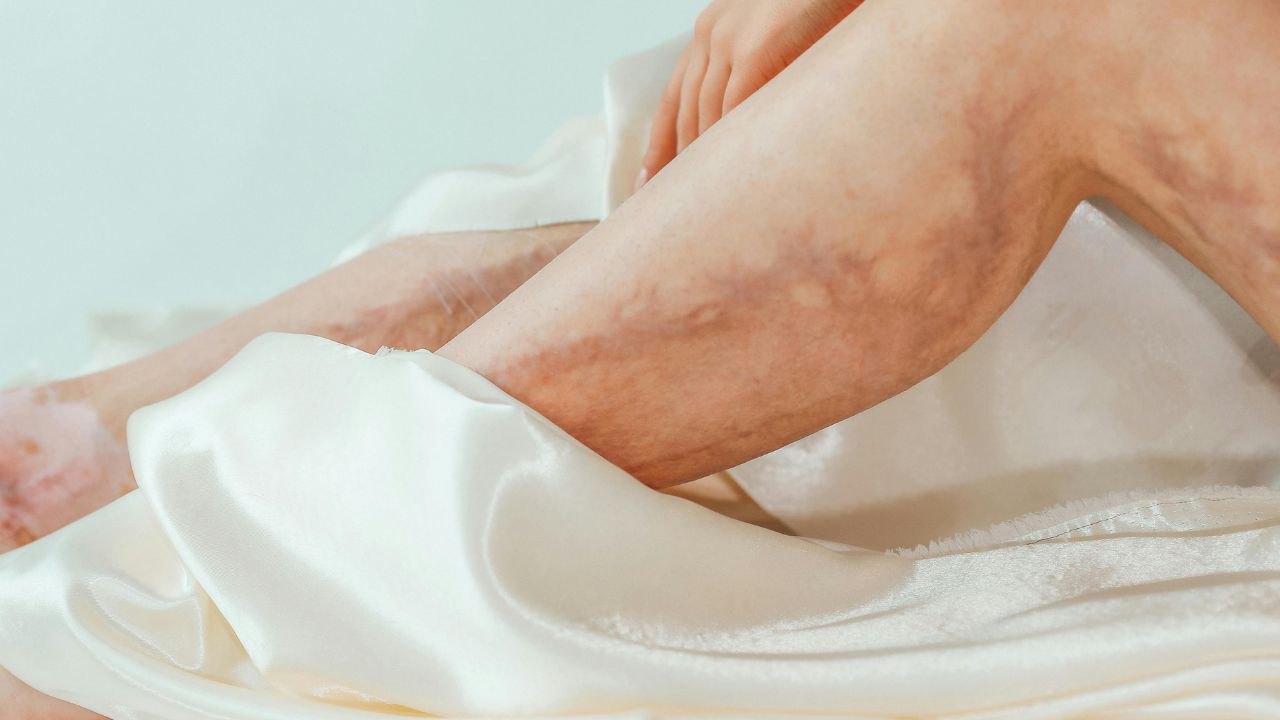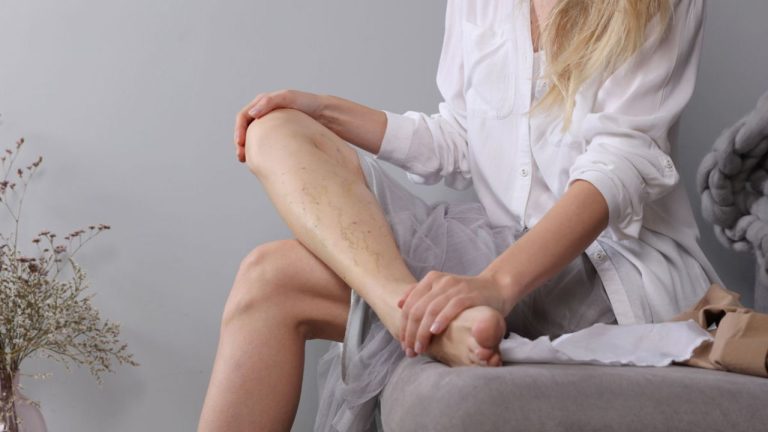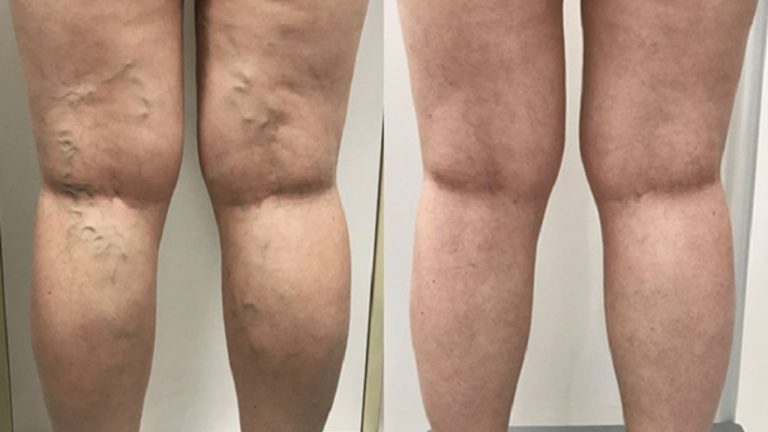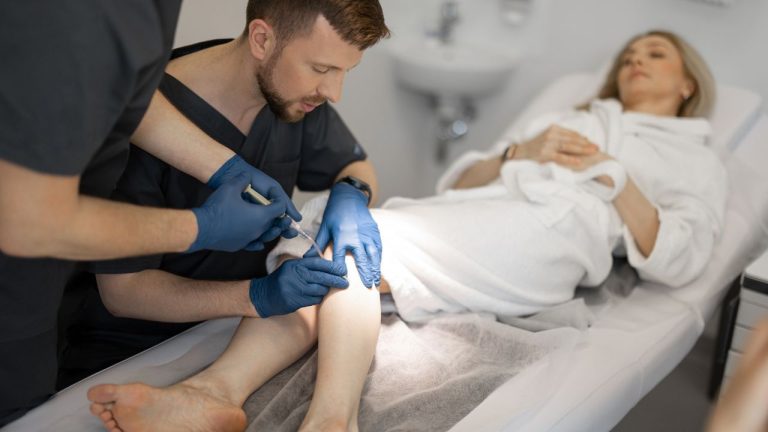Visible veins, such as spider veins or small varicose veins, can affect both your appearance and comfort. Cosmetic vein treatments like sclerotherapy, laser therapy, and radiofrequency ablation (RFA) provide minimally invasive solutions to reduce or remove these veins.
A common question patients ask before treatment is: “How much will it cost?” The answer depends on several factors, including procedure type, number of sessions, vein severity, and clinic location. This article provides a comprehensive guide to help patients understand costs and plan effectively.
Average Cost of Cosmetic Vein Treatments
The cost of cosmetic vein treatments varies depending on the type of procedure and the area being treated. Understanding average prices can help set realistic expectations.

- Sclerotherapy: This is one of the most common treatments for spider veins. Costs generally range from $300 to $600 per session for small areas. Multiple sessions are often required for larger or multiple areas.
- Laser Vein Treatment: Laser therapy is commonly used for spider veins on the face or legs. Prices range from $500 to $1,200 per session, depending on technology and treatment area.
- Radiofrequency Ablation (RFA): RFA is a more advanced treatment for deeper veins. It usually costs $1,500 to $3,000 per vein or leg segment.
These prices are averages in the United States and can vary depending on the region, clinic, and complexity of treatment.
Factors That Affect Cost
The total cost is influenced by several factors. Understanding these can help patients budget and choose the best treatment plan.
1. Type and Extent of Veins
The number, size, and location of veins greatly influence cost. Treating a small patch of spider veins is cheaper than addressing multiple or extensive veins. Patients with widespread veins may require more sessions, increasing overall costs.
2. Procedure Type
Different procedures have different costs. Sclerotherapy is generally less expensive, while laser therapy and RFA require specialized equipment and expertise, which adds to the price.
3. Geographic Location
Clinic location affects cost. Urban areas and major cities often have higher fees due to increased overhead and cost of living. Smaller towns may have lower prices without compromising quality.
4. Clinic and Specialist Experience
Board-certified vein specialists or clinics with advanced equipment may charge higher fees. However, experienced providers often deliver safer, more consistent results, reducing the likelihood of complications.
5. Number of Sessions
Many patients require multiple sessions for optimal results. Additional touch-up treatments may also be necessary over time, adding to the total cost.
Insurance and Coverage Considerations
Understanding insurance coverage is an important part of planning for vein treatment. Many patients are unsure whether cosmetic or medical vein procedures are covered, and knowing the differences can help avoid unexpected out-of-pocket costs.
- Cosmetic treatments: Usually not covered, as they are elective and performed primarily for aesthetic improvement rather than medical necessity.
- Medical vein treatments: May be covered if veins cause symptoms such as pain, swelling, or skin complications. Insurance can cover diagnostic imaging, procedures like EVLT, or RFA when medically necessary.
Patients should consult both their insurance provider and the clinic to clarify coverage and expected out-of-pocket expenses.
Cost Comparison Table
This table provides a clear overview of common cosmetic vein procedures and their average costs:
| Procedure Type | Average Cost per Session (USD) | Notes |
| Sclerotherapy | $300 – $600 | Multiple sessions may be needed |
| Surface Laser Treatment | $500 – $1,200 | Depends on area size and technology |
| Radiofrequency Ablation (RFA) | $1,500 – $3,000 | Usually for deeper veins or larger areas |
| Endovenous Laser Therapy (EVLT) | $1,500 – $3,500 | $1,500 – $3,500 |
This table helps patients compare procedures, anticipate costs, and plan treatment accordingly.
Ways to Manage Costs
While cosmetic vein treatments can be expensive, there are several strategies to make them more affordable:
- Consult multiple clinics: Comparing quotes and reading reviews can help you find the best balance of price and quality.
- Ask about package deals: Some clinics offer discounted rates for multiple sessions or treatment of both legs.
- Combine cosmetic and medical treatments: Addressing any underlying medical vein issues first can reduce the number of cosmetic sessions needed.
- Financing options: Many clinics offer payment plans or medical financing for elective procedures, allowing patients to spread costs over time.
- Preventive measures: Maintaining a healthy weight, avoiding prolonged standing, and using compression stockings may reduce the need for extensive future treatments.
Frequently Asked Questions (FAQ)
Patients often have questions about cost, procedures, and planning. Here are some concise answers:
How many sessions will I need?
Most patients require 1–3 sessions for small areas, while larger areas may need 3–5 sessions, depending on vein size and location.
Are results permanent?
Treated veins are permanently closed, but new veins may appear over time due to genetics, aging, or lifestyle factors.
Can I combine cosmetic and medical treatments?
Yes. Treating underlying medical vein problems first ensures better long-term results. Cosmetic procedures can then address the remaining visible veins.
Does the cost include follow-up appointments?
Many clinics include at least one follow-up, but additional touch-up sessions may incur extra charges. Confirm with your provider.
Is it cheaper to treat both legs at once?
Treating both legs together may lower per-session costs, but the total cost depends on the number and severity of veins.
Conclusion
The cost of cosmetic vein treatment varies widely depending on procedure type, vein severity, number of sessions, and clinic location. While cosmetic procedures are elective and usually not covered by insurance, they provide effective solutions for spider veins and small varicose veins.
Consulting a qualified vein specialist ensures accurate assessment, appropriate treatment planning, and a personalized cost estimate. Proper planning helps patients achieve both aesthetic improvement and long-term vein health.



